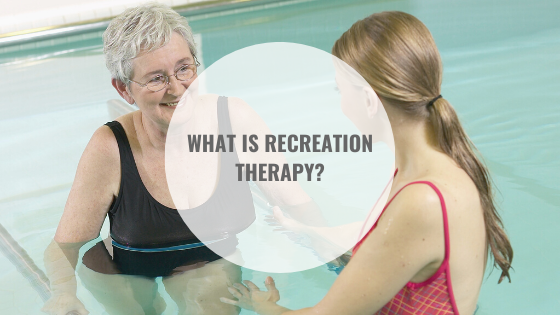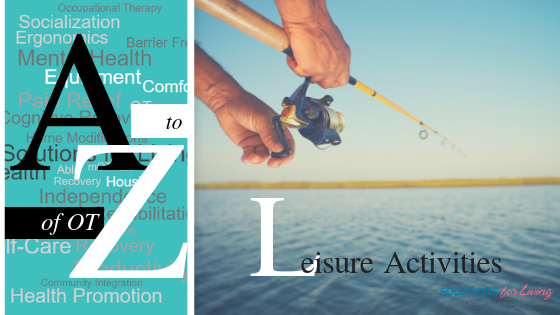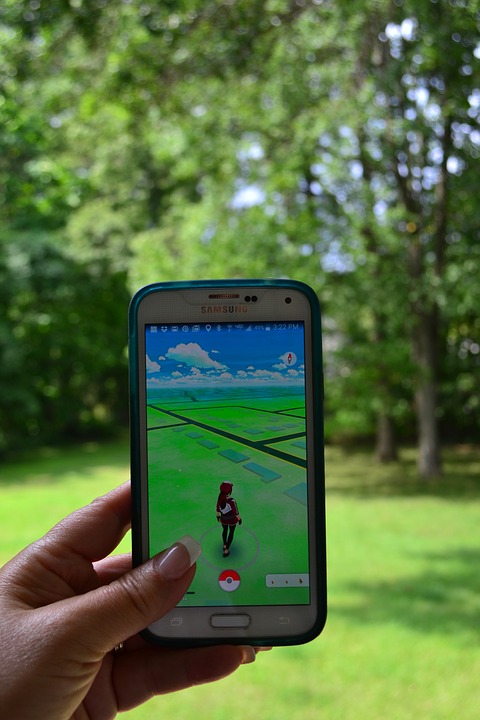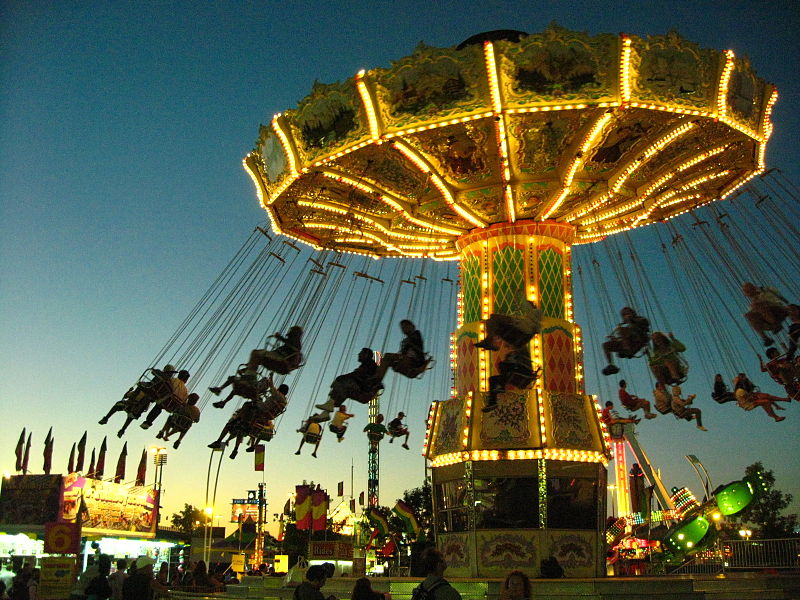Julie Entwistle, MBA, BHSc (OT), BSc (Health / Gerontology)
Growing up as a kid in the era of “go outside and find something to do”, I always tobogganed in the winter. We lived on the top of the escarpment with some great hills behind us. I would venture out with my GT Snow Racer, and usually my dogs, and would find some great runs. The combination of speed, fresh air and exercise made for a fun afternoon.
While we didn’t have social media at the time, the news would tell stories of people hurt tobogganing. I remember one story in particular of a young Reverend who died tobogganing at the Burlington Golf and Country Club when he hit a tree. I believe he was tobogganing at night with some kids in his congregation. Other stories of broken bones, head injury and the like would circulate, but with all things slightly dangerous, these stories didn’t seem to change the fact that kids would still venture out to toboggan as a favorite Canadian past-time.
This winter has brought considerable debate regarding the tobogganing ban in Hamilton and other cities across Canada. Many are outraged that enjoying this fun winter activity could come with a hefty fine. As my own kids approach the age where the little “bunny hills” near our house are no long “fun enough”, and I consider the work I do in Brain Injury, I do find myself re-evaluating this pastime.
So let’s review the dangers: experts state that tobogganing is considered the 4th riskiest sport for catastrophic brain and spine injuries, behind diving, snowmobiling and parachuting. A 2008 Ontario study showed that the instance of long term disability or permanent injury was 38 of 100 000 people with a death rate of 2.4. (http://news.nationalpost.com/2015/01/05/national-post-editorial-board-the-freedom-to-toboggan/). There are different types of toboggans that need different positions – from head first to feet first, lying to sitting, some take more than one person, and all go at varying speeds. The risks are real and will depend on many factors including the hill and its surroundings, the number of people also sharing the space, the type of sled, the position, age, experience, and size of the rider.
So how can we balance these risks with the acknowledged fact that tobogganing is a fun, enjoyable, and a great form of winter exercise? Here are some tips:
1. Supervision. The risks of injury with tobogganing will increase, not decrease, as kids get older. The older they are, the more likely they are to make poor decisions, to go fast, to try and be “cool” around friends, or to forgo the use of safety equipment. Supervising your child (at any age) while they partake in this activity is recommended so you can act as their “second brain” and can provide them with cuing and guidance away from poor decisions.
2. Wear a Helmet. Like skating and skiing, choose a CSA approved helmet that fits properly. You don’t have to hit a tree to sustain a head injury – even just banging heads with another person, impacting the ground, or coming to a very sudden stop can cause the brain to be rattled. A helmet adds protection and reduces the risks.
3. Choose a “safe” location. Consider that some locations are now illegal for tobogganing and so do your research before you arrive. Find a hill that is not too crowded, that has lots of open space and plenty of room to stop at the bottom that is away from trees, roads or other hazards. Ramps and obstacles, while fun, increase the dangers so teach your kid to avoid these.
4. Use a proper sled. Find a toboggan that allows for steering and stopping and requires your child to sit upright, feet forward, where they have a clear line of sight and can easily bail if things are going amiss.
5. Feet first. Teach your child to toboggan with their feet, never their head, leading their body down the hill. A broken leg, while still a serious injury, is less life threatening than massive head or neck trauma. Much like going down a slide, teach them the safest technique.
6. When in doubt… bail out. Tell your kids to forgo the sled and bail to the side if they are going too fast, are approaching a person or obstacles, or if they are losing control. Just like all the training we give our kids – we need to teach them that if they are going to fail or fall, do it properly and safely.
My family has a secret spot for tobogganing. It is a private golf course that we have permission to use. The slopes are wide open with varying runs to choose from. The trees surrounding the hills provide shelter from the wind without creating unsafe obstacles. No one else is ever there. We bring our dogs who enjoying running the hills with our girls. Everyone comes home exhausted. We were there last weekend and noticed that some other kids have also been using the hills. But these kids seemed to have snowboards and had made a trail up into the forest with jumps and turns. I walked those trails with my kids and we talked about how unsafe they were. Too steep, too narrow, too many trees and a massive jump at the end. It was refreshing for me to realize that my girls understood the safety risks involved and that I was there to help them make better decisions about what hills to descend. While they were sledding I baked in some winter sun, threw snowballs to my dogs, helped my girls bring their sleds up the hills, and even took in a few runs. We had a great time and followed it up with some hot chocolate. That is how we enjoy our winter and I hope that in lieu of a ban or fines that cities can find a way to facilitate safe participation in this winter pastime, recognizing the value this brings to our culture as a country that spends a few months of the year in the cold and snow.
How do you feel about the tobogganing ban? Will you and your family continue to hit the slopes for the remainder of the winter and moving forward? If you do, please be safe!







